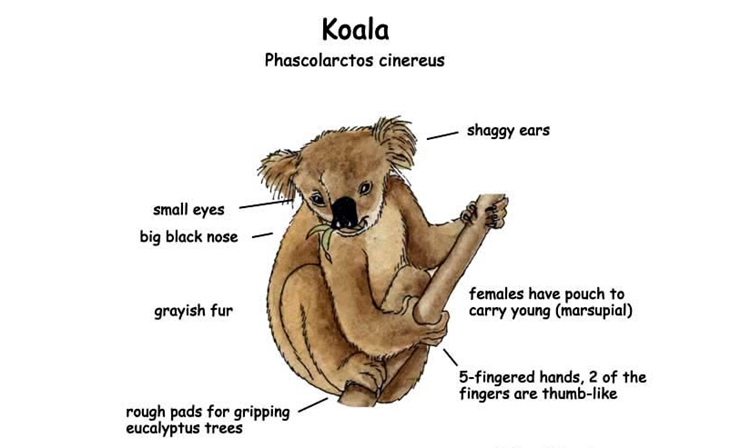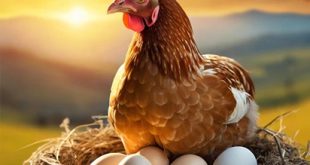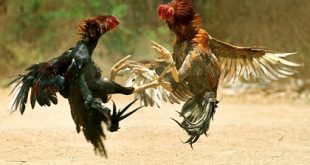Koalas (Phascolarctos cinereus) are iconic Australian marsupials known for their distinctive appearance, arboreal lifestyle, and their unique adaptations to survive in their eucalyptus-filled habitat. Each part of a koala’s body has evolved to serve specific functions, allowing these animals to thrive in environments where few other species can survive. In this article, we will take an in-depth look at the body parts of a koala and their respective functions, focusing on how these structures contribute to their survival and ecological niche.
A Body Part of A Koala

1. Hands and Feet
Koalas are arboreal animals, meaning they spend most of their lives in trees. To navigate the high branches of eucalyptus trees, their hands and feet have evolved with specialized features:
- Hands: A koala’s hands are highly specialized for gripping. They have five digits, but what makes them unique is that two of the digits (the thumb and index finger) are opposable to the other three. This arrangement gives them a better grip on branches and allows them to grasp eucalyptus leaves with precision.
- Feet: Koalas’ feet are equally adapted for life in trees. Their back feet feature a large opposable toe, which is clawless and acts like a thumb for additional grip. The second and third toes are fused together to form a grooming tool, which the koala uses to keep its fur clean and free from parasites.
These adaptations enable koalas to climb, balance, and feed effectively in their arboreal habitat.
2. Sharp Claws
Another critical feature of the koala’s hands and feet are their sharp claws. These claws help the koala maintain a firm grip on tree trunks and branches. When climbing, their claws dig into the bark, preventing them from slipping and allowing them to ascend or descend trees with ease. The sharpness of these claws is crucial for both their safety and mobility, as falling from a tree could be fatal.
3. Nose
A koala’s nose is one of its most prominent and essential features. The large, black, leathery nose is not only a defining characteristic but also plays a vital role in the animal’s survival. Koalas rely heavily on their sense of smell to:
- Identify edible eucalyptus leaves: Out of over 700 species of eucalyptus trees, koalas consume only about 50. Their keen sense of smell helps them detect the chemical composition of the leaves, allowing them to choose leaves that are nutritious and low in toxins.
- Detect predators or threats: A strong sense of smell aids koalas in identifying potential dangers in their environment.
4. Ears
Koalas have large, rounded, and furry ears that are highly sensitive. Their acute sense of hearing is essential for detecting sounds in their environment. This is particularly important for communication and detecting predators. Koalas are relatively solitary animals, but they use a range of vocalizations to communicate, including bellows, grunts, and growls. Their sensitive ears allow them to pick up these sounds over long distances.
The fur on their ears also provides some protection from the elements, such as rain and cold temperatures.
5. Teeth
Koalas are herbivores that feed almost exclusively on eucalyptus leaves, which are tough, fibrous, and low in nutrients. Their teeth are perfectly adapted for this specialized diet:
- Incisors: The front teeth are used to grasp and pull leaves from branches.
- Premolars and molars: These teeth are adapted for chewing and grinding the tough eucalyptus leaves into smaller pieces, making them easier to digest.
The dental structure of a koala ensures that they can process their food efficiently, despite its low nutritional content.
6. Digestive System
One of the most fascinating adaptations of a koala is its digestive system, which is uniquely suited to processing eucalyptus leaves. Eucalyptus leaves contain toxins and are low in nutrients, making them inedible to most animals. However, koalas have evolved several adaptations to handle this diet:
- Caecum: Koalas have an exceptionally long caecum, a part of the intestine that houses specialized bacteria. These bacteria break down the fibrous leaves and neutralize their toxins, enabling the koala to extract the maximum amount of nutrients.
- Slow metabolism: Koalas have a slow metabolic rate, which allows them to conserve energy and survive on their nutrient-poor diet. They spend up to 18-22 hours a day sleeping or resting to save energy.
7. Fur
A koala’s fur is dense and soft, providing insulation and protection from both heat and cold. The fur varies in texture and color depending on the region:
- Northern koalas: Found in warmer climates, they have shorter, lighter fur to keep cool.
- Southern koalas: Found in colder regions, they have thicker, darker fur for insulation.
The fur also helps repel water during rain and protects the koala from insect bites.
8. Pouch
As marsupials, female koalas have a pouch where their young, called joeys, develop after birth. The pouch is a secure, protected environment that allows the joey to grow and develop before it is ready to venture out. The pouch opens towards the bottom, a feature that prevents dirt or debris from entering while the mother climbs trees.
After birth, the tiny, undeveloped joey crawls into the pouch and attaches to one of the mother’s teats, where it feeds on milk. The joey stays in the pouch for about six months, after which it begins to explore the outside world while still relying on the mother for protection and sustenance.
9. Tail
Koalas have a small, vestigial tail that is not visible externally but serves an important function. The base of the tail is covered with a thick pad of cartilage and fur, which provides cushioning when the koala sits on branches or the ground. This adaptation allows them to perch comfortably for long periods while feeding or resting.
10. Eyes
Koalas have relatively small eyes compared to other marsupials. Their vision is adapted for their arboreal lifestyle, with a focus on detecting movement and navigating through trees. While their sense of sight is not as acute as their sense of smell or hearing, it is sufficient for spotting predators and locating suitable trees.
11. Skeleton and Muscles
Koalas have a lightweight but strong skeleton that is designed for climbing and supporting their sedentary lifestyle. Their powerful shoulder and limb muscles allow them to cling to trees for extended periods. The curved spine and strong thigh muscles provide additional support and balance.
Conclusion
Every part of a koala’s body is uniquely adapted to its environment and diet. From their gripping hands and feet to their specialized digestive system, koalas are a remarkable example of evolutionary adaptation. These features not only enable them to survive in a challenging habitat but also highlight the intricate relationship between an animal and its ecosystem. Protecting koalas and their habitats ensures that these fascinating creatures continue to thrive for generations to come.


